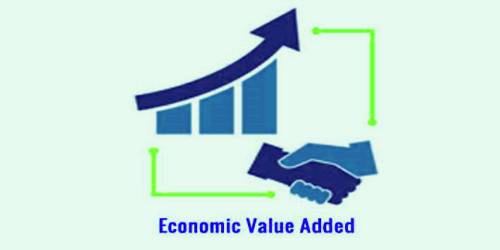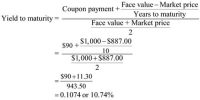Economic Value Added (EVA) Properties
Economic value added can be calculated as the difference between the company’s net operating profit after tax and a portion of the amount of capital invested in the business. The amount of capital invested is multiplied by the weighted average cost of capital, which measures the opportunity cost of alternative investments. It is the incremental difference in the rate of return over a company’s cost of capital. EVA, also known as “economic profit”, indicates how profitable a company’s projects have been, which also serves as a measure of company management’s efficiency. It is also a financial measurement of the return earned by a firm that is in a surplus of the amount that the company needs to earn to appease shareholders.
The formula for EVA is:
EVA = Net Operating Profit After Tax – (Capital Invested x WACC).
The calculation determines the difference between the actual rate of return on assets and the cost of capital and multiplies this difference by the net investment in the business
EVA Example – Rather than measure the company’s health based on its current value, EVA measures its robustness based on its net profits. To use the example above, the total capital invested in the restaurant is $250,000. If the restaurant’s net operating profit after tax is $20,000, and its weighted average cost of capital is 6 percent, the second term in the calculation is $250,000 x 0.06, or $15,000. The EVA calculation returns a value of $20,000 – $15,000, or $5,000.
















